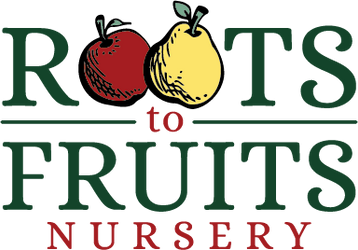Fence Your Trees
Have you ever planted a tree and a couple days later found the bark in shreds and scattered across the ground surrounding the tree? You probably have deer wandering into your yard. Deer tend to live in partially wooded areas and will emerge to fields to feed. Farmers have long battled these animals to help prevent crop and property loss. Besides using their horns to strip a tree, they are also notorious for eating the new flower buds, munching on the developing apples, and devouring the ripening apple. There are a few steps you can take to prevent tree and fruit loss.
The most cost effective method to ensure the long term survival of your trees is always preventative. Fences are your friend! Fences can mean different things to different people. For the standard homeowner installing less than 20 trees, a fence encircling each tree is probably more cost effective than one large fence around the newly planted orchard.
For homeowners, we recommend the fence be at least 6’ tall and at least 2’ away from the edge of the longest branch. This will keep the deer far enough away from the tree to let the tree grow and mature freely. For further support, place 3 fence posts or T-posts in a triangular pattern around the tree, pull them taut, and stake the fence around the tree. The fence should be up as long as deer can damage the tree. You can remove the fence after a few years once the tree establishes itself but the deer will still try to eat the bark or fruit on lower branches. Dwarf trees will never grow above the deer’s reach and should be protected. If you really dislike the fence, we still recommend keeping it up for a few years to help the tree establish itself.
For smaller pests like rabbits and mice, a tree guard around the base of the tree should suffice. Rabbits cannot climb and will only eat the bark they can reach. Tree guards should be made of a tough plastic or corrugated drain tile and should encircle the truck up to the first branch. Should the gap between the first and second branches be of some distance, feel free to put another tree guard there as well. We’ve heard stories of trees getting nibbled once the snow got tall enough where the rabbits could reach the middle sections of the tree.
Commercial orchards are an entirely different story. Fences should be at least 8’ high to prevent deer from jumping over, leaning on the fence to reach the outstretched branches, or knocking it down entirely. Fences should be made of taut, tightly woven wire that are usually galvanized to prevent rusting. Orchard fences typically have tighter weaves at the bottom that open up toward the top. This is to stop rabbits and other small rodents from entering the orchard. The lower section should be 4”x1” that gradually opens to 4”x4”.

Leave a comment